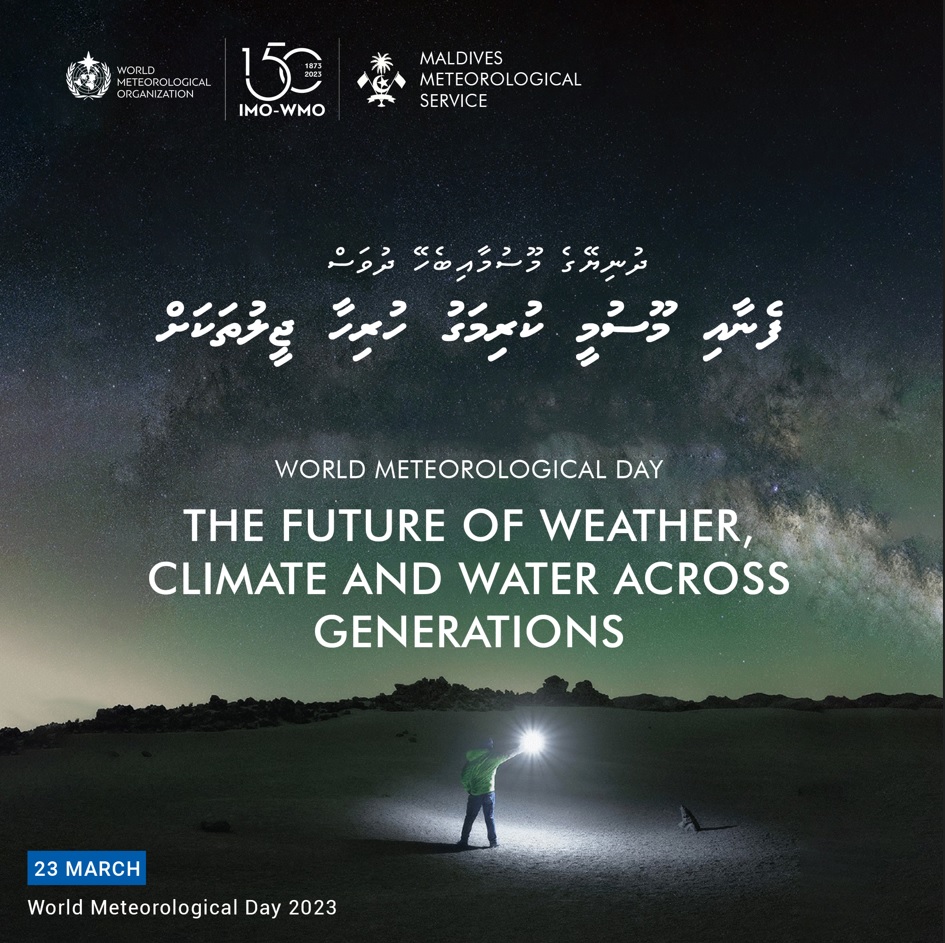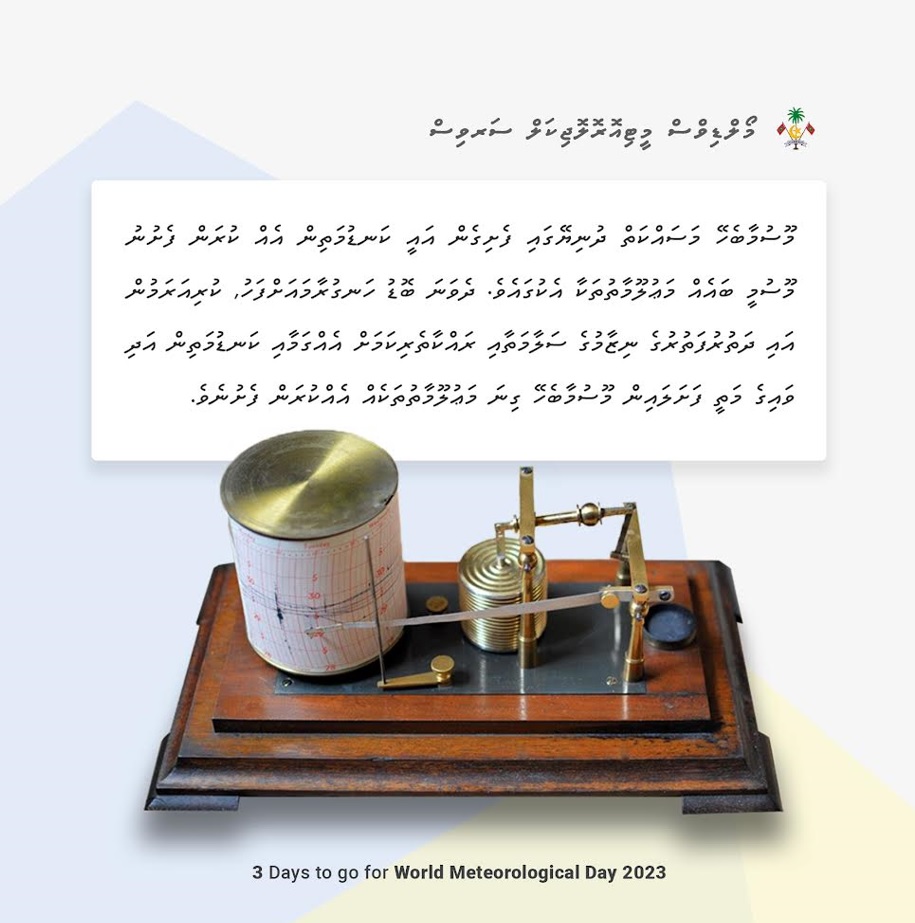Every year 23 March, is celebrated as World Meteorological Day by all the WMO member countries. The theme for this year is “The Future of Weather, Climate and Water across Generations “. It highlights past achievements, present progress and future potential - from the late 19th century telegraphs and shipping forecasts to supercomputers and space technology.
Throughout this time, National Meteorological and Hydrological Services have worked around the clock to collect and standardize data which underpin the weather forecasts we now take for granted. This also reminds us on the changing climate. As a result of heat-trapping greenhouse gases, the average global temperature is now more than 1° Celsius higher today compared to 150 years ago. Our weather is more extreme, our ocean is warmer and more acidic, sea levels have risen and glaciers and ice are melting. The rate of change is accelerating. We need urgent action now to slash emissions and to ensure that future generations can both survive and thrive on our planet.
The good news is that rapid scientific and technological advances have greatly improved the accuracy of weather forecasts and life-saving early warnings. Big data is being exchanged more freely among a wider community than ever before, and there are new tools including machine learning and Artificial Intelligence.



